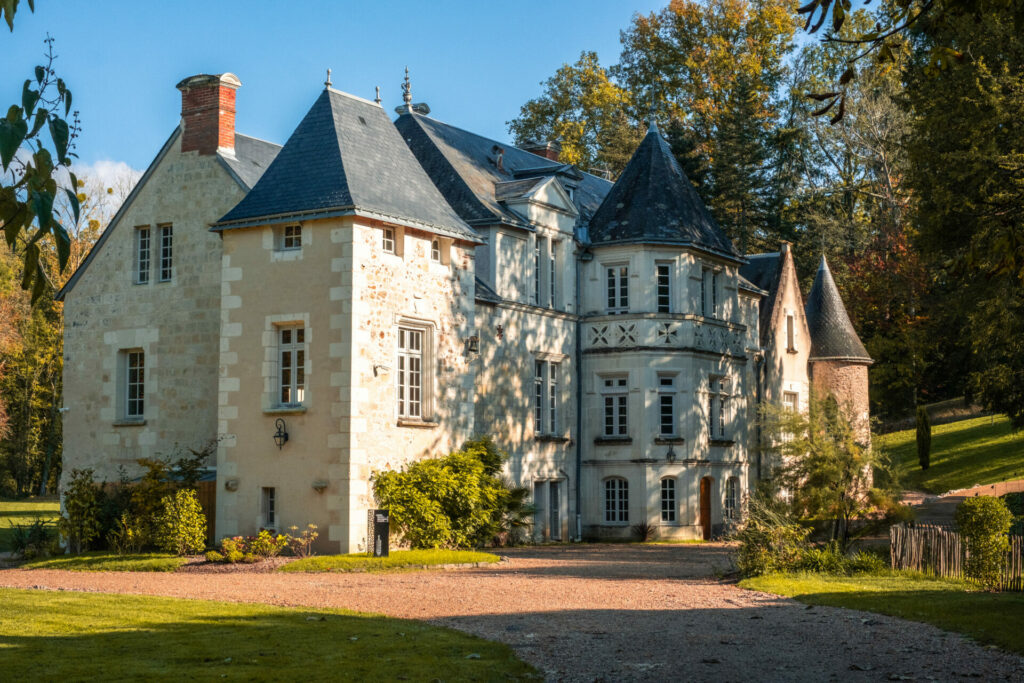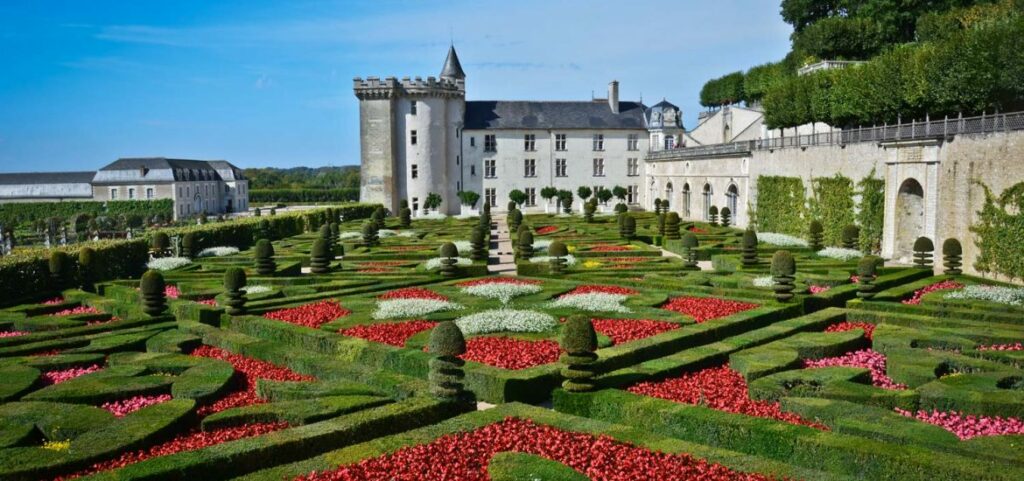
In the beginning, the Knights Templar, a small religious congregation of ‘knights of Christ’ living in poverty policed the roads and guided pilgrims on their way to Jerusalem.
At the Council of Troyes on 13 January 1129, the Knights Templar were officially recognised as a religious and military order, alongside the Hospitallers of St John of Jerusalem and the Teutonic Knights. In their fortresses in the East, the Templars split their time between prayer and war, in silence and austerity, valour and discipline.
Meanwhile, they gradually built up a network of colossal Commanderies in France, England, Scotland, Italy, Spain, and Portugal, designed to make their agricultural estates and trading activities more profitable.The profits were reinvested to finance their efforts in the East and to supply their brothers with horses, weapons, cereals, dried meat, and so on.


Le Commanderie de Ballan is one of the first commanderies founded by the Templar brothers. The castle was built in 1180. In 1189, it is reported that the King of France Philippe Auguste spent a few nights at the Château de la Commanderie de Ballan before going to sign the ‘Treaty of Colombiers’ at the Château de Villandry with Henry Plantagenet, King of England. In keeping with tradition, the oldest beams of the castle were painted with the arms of the King of France, and these paintings can still be seen today in the old library.
At the beginning of the 14th century, there were 15,000 Templar knights in Europe, including 2,000 in France. It was a mighty Order, rich both in terms of its men and its heritage. In the Centre-Val de Loire region alone, the Knights Templar owned, in addition to La Commanderie de Ballan, the Château de Chinon and La Commanderie d’Arville, which is about thirty kilometres from Vendôme. As Maurice Druon recounted so eloquently in the very first pages of his historical epic Les Rois Maudits, Philip the Fair, driven by a desire to get his hands on the Order’s wealth, orchestrated a monumental smear campaign against the Knights Templar in the early 14th century. This led to the arrest of all the Templars in the kingdom and the confiscation of their property on 3 October 1307. The wave of arrests spread throughout the kingdoms of Europe.


The Order of the Temple was finally dissolved on 22 March 1312 at the Council of Vienna by Pope Clement V, who assigned all the Templars’ property to the Order of the Hospital of St John of Jerusalem. Nearly ten years after the arresting of the Templars, the Commanderie de Ballan was entrusted to the Hospitallers who, for nearly 500 years, developed the estate and helped it thrive. By the end of the 18th century, the Commanderie de Ballan estate had grown to considerable proportions and covered some 100 hectares.
La Commanderie de Ballan once again stood out as part of French history in the aftermath of the Revolution. The book Gens de Ballan recounts a notorious event from 1791… the Sieur de Saint-Léger, the last Commander of Ballan, opposed the new revolutionary order and threatened the public officer, sword in hand, with these words:“You are a Revolutionary, so you, bloody beggar, want to kill the nobles, but it is they who will kill you”. In court, the Sieur de Saint-Léger was convicted in absentia and La Commanderie was sold as property of the state.
In the following century, Le Domaine de la Commanderie de Ballan was divided up and three quarters of the buildings were destroyed. The Château and its outbuildings housed a holiday camp in 1951, followed by an educational facility from 1969 before being sold to private owners in 1994.
Today, Le Domaine de la Commanderie de Ballan provides a range of hospitality services and welcomes its guests in an unspoilt and authentic historical setting.





































